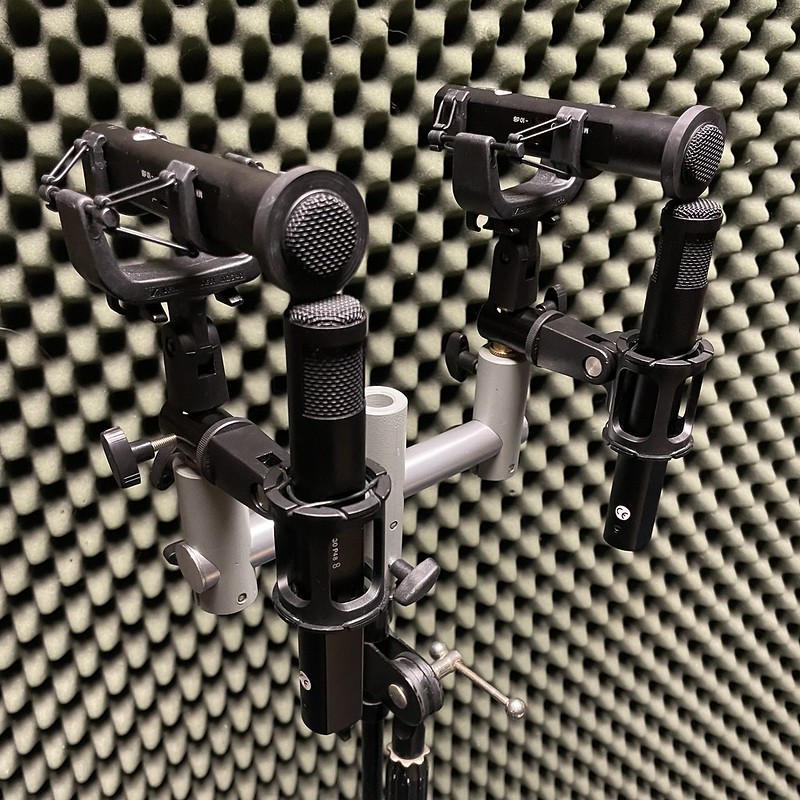k brown
Well-known member
Josephson C700A:
http://www.josephson.com/srs7.html
Though uses a fig8 condenser, not a ribbon.
I've often wondered why Royer has never done a mic with a small omni condenser on top of a ribbon. Especially since they're already stuffing electronics inside some of their ribbon mics.
http://www.josephson.com/srs7.html
Though uses a fig8 condenser, not a ribbon.
I've often wondered why Royer has never done a mic with a small omni condenser on top of a ribbon. Especially since they're already stuffing electronics inside some of their ribbon mics.





